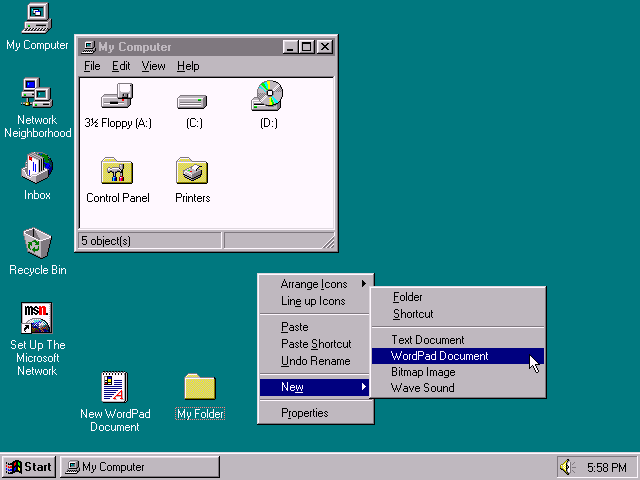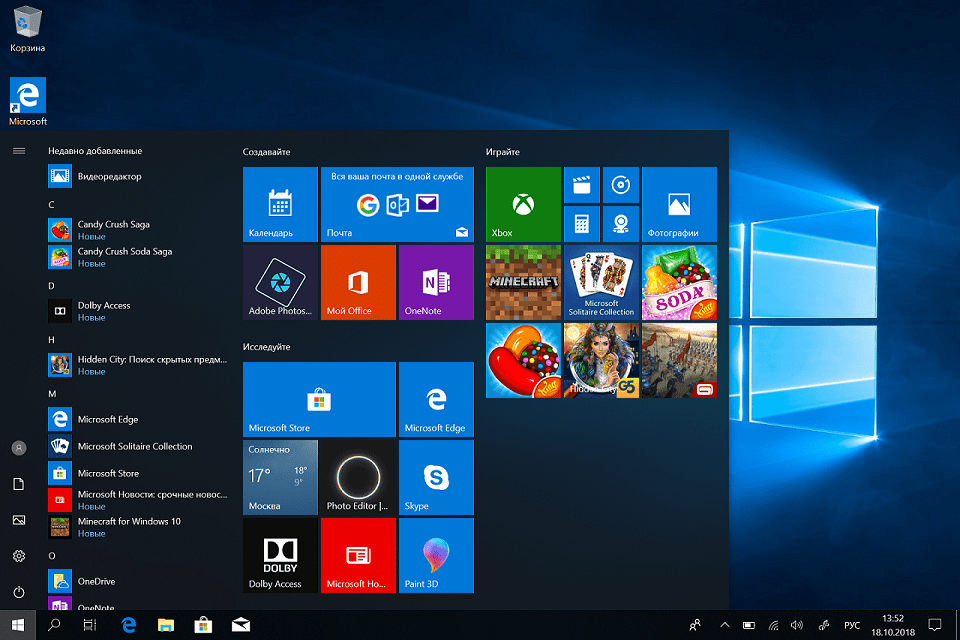At MindSea, we take pride in what we do.
We are committed to creating apps that are well-built, well-designed, and that our clients love.
And the reason we are able to do this—and why we are able to find such consistent success—is due in large part to the unity and cohesion we have come to achieve as a team. We’ve built a design culture.
At the base of our app agency, we embrace tech, design, customer research and innovation. We revel in our technology and we speak in code. However, aside from how our apps function, we place equal importance on the way they look and feel.
That’s where our designers come in.
Now, one may say it’s not hard to embrace design at an app agency when it’s a required component in building an app – but this rule really applies to any tech-based company, and there are some companies who struggle to make it work!
Think about it: Do you spend more time on functionality or user experience? Sounds funny when you lay it out like that.. Of course the answer is BOTH – after all, they’re really one in the same.
Yes, how something works depends just as much on how it looks and feels as it does the mechanics behind it, but often people forget this. Part of what great tech is, is great design. I mean, this worked:

And so did this…

But which would you rather use?
If you’re an Apple fan – You might say neither 🙂
The first part to embracing a design-oriented mindset starts with having a design-centric culture, so let’s dive into what that actually means:
What Is A Design-Centric Culture?
Having a design-centric culture is not about throwing every other company department under the bus; it’s about the designers, the developers, the engineers, the project managers, etc. all being on the same page in their understanding of the role that design plays in their visions coming to life.
A design culture is about creating an environment in which design can thrive as much as any other aspect of an organization.
It’s about having a space where designers can feel comfortable contributing to project strategy and where engineers can give input on design.
It’s about understanding the strengths of the people on your team and exploiting them – in a good way, to help you fully achieve your business goals!
So how do you do this exactly when the technical is so ingrained in how you currently move? Here are some handy steps to follow to get you and your team in the right frame of mind when it comes to design:
Set The Cultural Tone
In a design-centric culture, design is a part of everyone’s job – and that begins with the CEO.
While we’re big proponents of a more horizontal management structure here at MindSea, the fact of the matter is every company begins with one person who sets the tone for how that organization operates.
This metaphorical head of the company is looked upon when it comes to all day to day operational and behavioural decision-making. They lead the charge in establishing company values, developing a training regime, and are expected to lead by example in and outside of the workplace.
All of this effort contributes to overall organizational culture, which then feeds into how design, or any other aspect of the company, is looked upon. This makes it paramount that you, as the CEO or VP, know every aspect of the company you’re trying to run and what it stands for. How can you expect other team members to involve themselves in design conversations if you don’t do the same? If you don’t demonstrate the interest or knowledge you’re expecting them to have, it can be truly difficult getting others to embrace that same mindset.
If you’re a company who’s been following a status quo for quite a while now, change may seem daunting, but it’s still possible! And if you’re running a fresh new startup, you’re in a great place to set this standard from the very beginning!
Educate Your Teams
Design doesn’t come naturally to everyone. Some of the thinking and language involved in design requires some learning.
Now, when I say language, I’m not just talking about the phrases and acronyms that leave some people scratching their heads – I mean UI and UX, anybody? I’m also referring to the way a product’s design is guided from beginning to end.
Perhaps this involves formal training or development sessions, or maybe just an open conversation, but once the entire team understands the value of the designer and the important part design plays in a project, you will begin to see a shift in attitude.
And don’t forget that your designers play in education as well. Not only can designers help in teaching design and user experience, but they can also benefit from a mutual set of learnings that explains the why behind their designs. Just like your development and engineering teams must understand design, your designers must understand the planning and strategy behind a project. Involve them early on and have the whole team involved the whole way through – which brings me to my next point…
Encourage Close Collaboration
A family that sits together, stays together – isn’t that how it goes?
At MindSea, when you join us you automatically become a part of the fam – but that bond is further cultivated by the composition of our office space: We all sit and talk amongst one another.
Do you provide the right environment for your teams see eye to eye? Are your designers on one side of the room and your developers on the other? Do you only ask your designers for design ideas and only ask your project managers to contribute to strategy?
Getting your crew to feel open in talking about things they may not be experts in begins with everyone feeling comfortable with one another. Eating lunch together, sitting amongst one another in the office, and team bonding sessions are low-pressure ways to cultivate friendships and comradery.
You also want to encourage open communication during the work day. Holding group brainstorming sessions and adopting a mantra that “all ideas are welcomed” can truly help build up this culture. Any project – especially the app building kind we deal with at MindSea – is a group effort. This belief is what truly makes a great team stand out. After all, you are all working toward a common goal for your client.
Make Design A Priority
Design is a necessity for all companies – from apps and software products to restaurants and exercise facilities. But have you made it a priority?
Sometimes you need to take a step back from all that you have going on and spend a little extra time on the core – the design.
Again, functionality, attractiveness, experience – these can all be made or broken with design, so there’s no questioning its importance. But rather than considering it secondary to the tech, it should be viewed as your reason for success.
Hire awesome people, encourage their continual development and growth, and as mentioned previously – give your designers a voice. Have design involved from the very beginning of a project and hold them fully accountable the entire length of it. They can handle it, and your clients or customers will thank you for it.
Conclusion
From development to design and everything in between, the Mindsea fam has really grown as one to the point where all the components of a project nicely fall together…
But that doesn’t mean we don’t work at it! This sort of company-wide harmony didn’t happen right as we first entered our agency’s doors, but rather is the product of great leadership and learned behaviour engrained along the way.
To embrace a similar culture, support your teams by following the guidelines above and show the right appreciation when you experience good results from their changed behaviour.
For more design tips and advice for your company, you may want to check out the following:
When Should Early Stage Startups Hire UX Designers?
The Difference Between A Great Startup Designer And A Mediocre One



